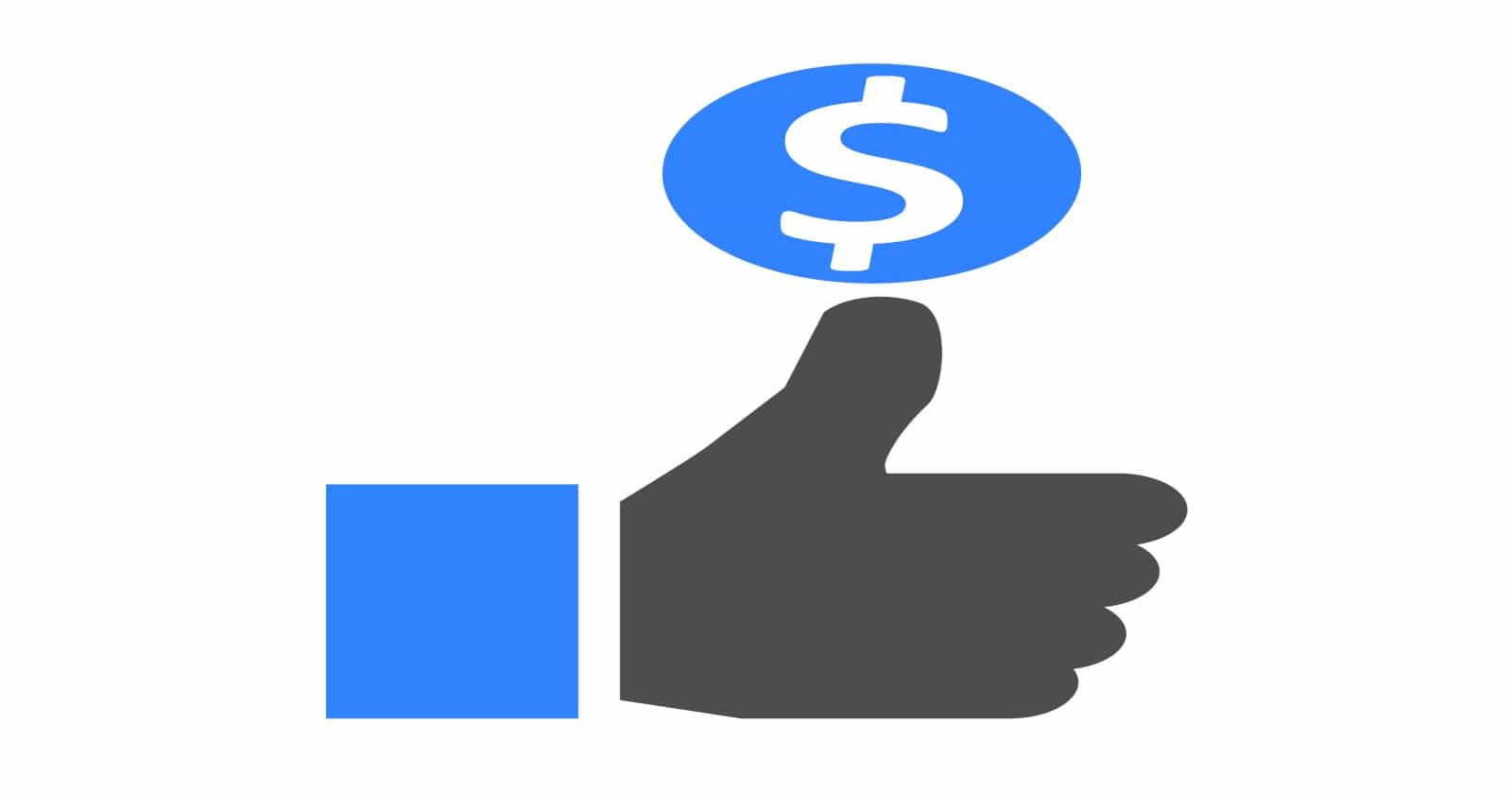 The Importance of Single Keyword Ad Groups in 2024
The Importance of Single Keyword Ad Groups in 2024
In the world of digital marketing, the debate over the best ad group structure for Google Ads campaigns has been ongoing for years. While most experts advocate for themed ad groups, there is one voice that stands out from the crowd – the advocate for single keyword ad groups (SKAGs).
In a recent LinkedIn post, Matt Bowen, the Director of Enterprise Acquisition & Strategy at Logical Position, expressed his support for SKAGs, despite their controversial nature. According to Bowen, SKAGs offer a real opportunity for marketers to maximize their Google Ads accounts.
Historically, from 2014 to 2018, most Google Ads accounts were structured based on match type, device, or SKAGs. However, by the latter half of this period and into 2019, SKAGs became the dominant structure. A single keyword ad group is an ad group that contains only one keyword duplicated across multiple match types.
The popularity of SKAGs stems from their ability to simplify keyword-stuffing ads. With only one keyword in the ad group, advertisers can ensure that their ads closely match users’ queries, thus improving ad relevance and Quality Scores. This, in turn, leads to lower CPCs and improved account performance.
Despite their effectiveness, SKAGs have faced criticism for being difficult to manage and impossible to scale. However, Bowen argues that these objections are unfounded. At his agency, they manage a SKAG account with over 2 million keywords without difficulty. The potential performance gain for clients outweighs any challenges in management.
However, with the integration of AI into Google’s search products and changes to matching algorithms, many marketers have started exploring alternatives to SKAGs. Two such alternatives are single theme ad groups (STAGs) and Hagakure.
Hagakure is a structure that embraces the importance of signal liquidity. It involves building as few campaigns as possible and including everything, even Dynamic Search Ads, to maximize signal liquidity and leverage Google’s AI-powered ad tools. According to a case study referenced by Bowen, Hagakure led to a significant increase in conversions at the same cost of acquisition.
STAGs, on the other hand, allow ad groups to expand to many keywords as long as they closely follow a theme. This approach aims to increase click and conversion counts per ad group while maintaining relevancy to users’ queries.
Despite the potential of these alternatives, Bowen stands by SKAGs. He believes that building Google Ads accounts based on what works, rather than conjectures about signal liquidity or Google’s recommendations, is key. With over 6,000 Google Ads accounts managed at his agency, Bowen has seen that SKAGs consistently outperform other structures in terms of POP search performance.
The premise behind SKAGs winning is their superior ad relevance, which leads to higher Quality Scores and lower CPCs. Even with the changes in matching algorithms, SKAGs still outperform STAGs and Hagakure.
Bowen acknowledges the importance of signal liquidity but argues that it matters only at the campaign level where smart bidding is applied and algorithms learn. To address signal liquidity concerns, he suggests ensuring that campaigns contain enough SKAGs to reach a minimum of 30 conversions per month.
In conclusion, while there are alternatives to SKAGs in Google Ads campaign structures, the debate continues. Advocates for SKAGs, like Matt Bowen, believe that their superior ad relevance and performance outweigh any challenges in management or scalability. As marketers navigate the ever-changing landscape of digital advertising, it will be interesting to see which approach proves to be the most effective in 2024.
